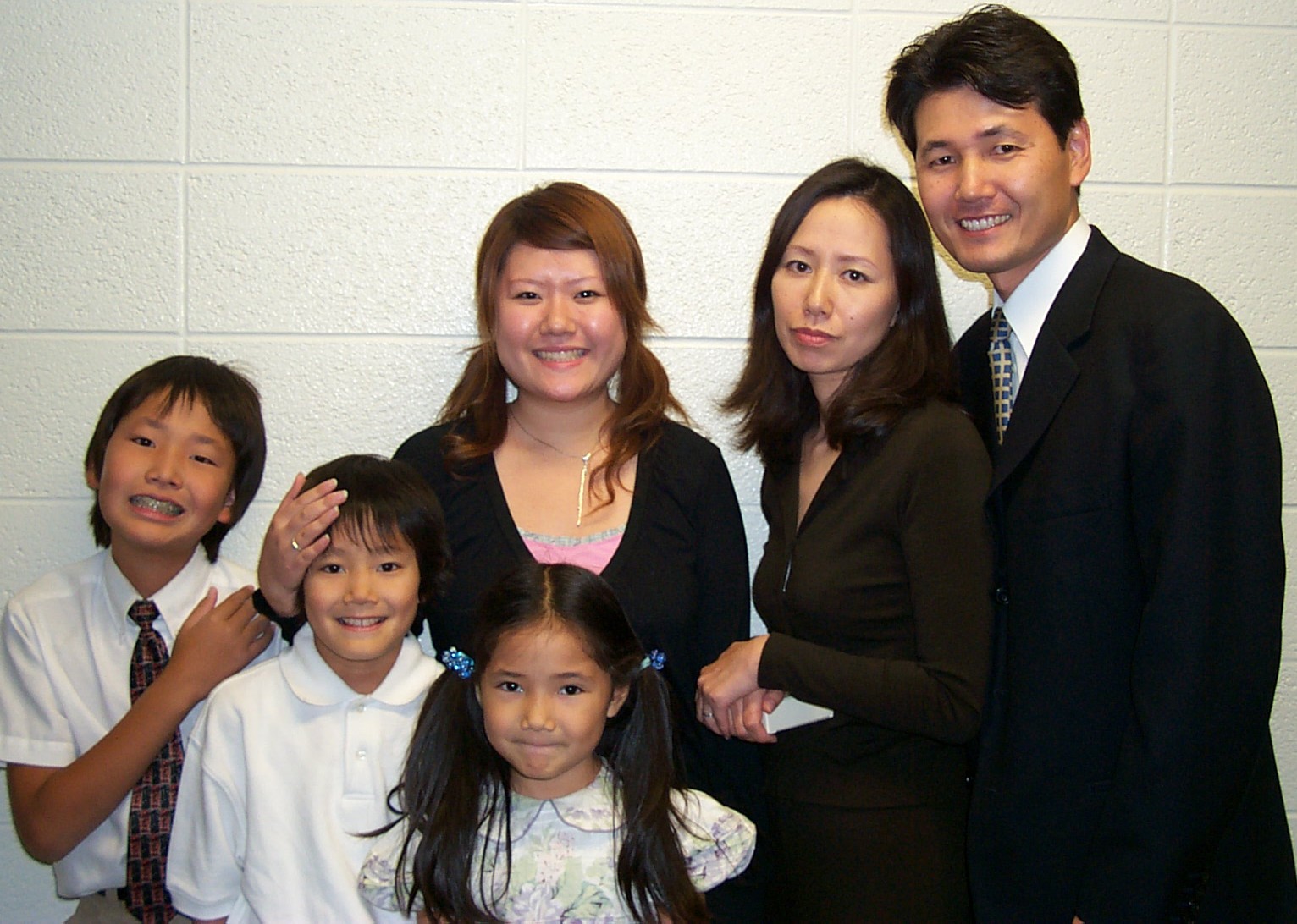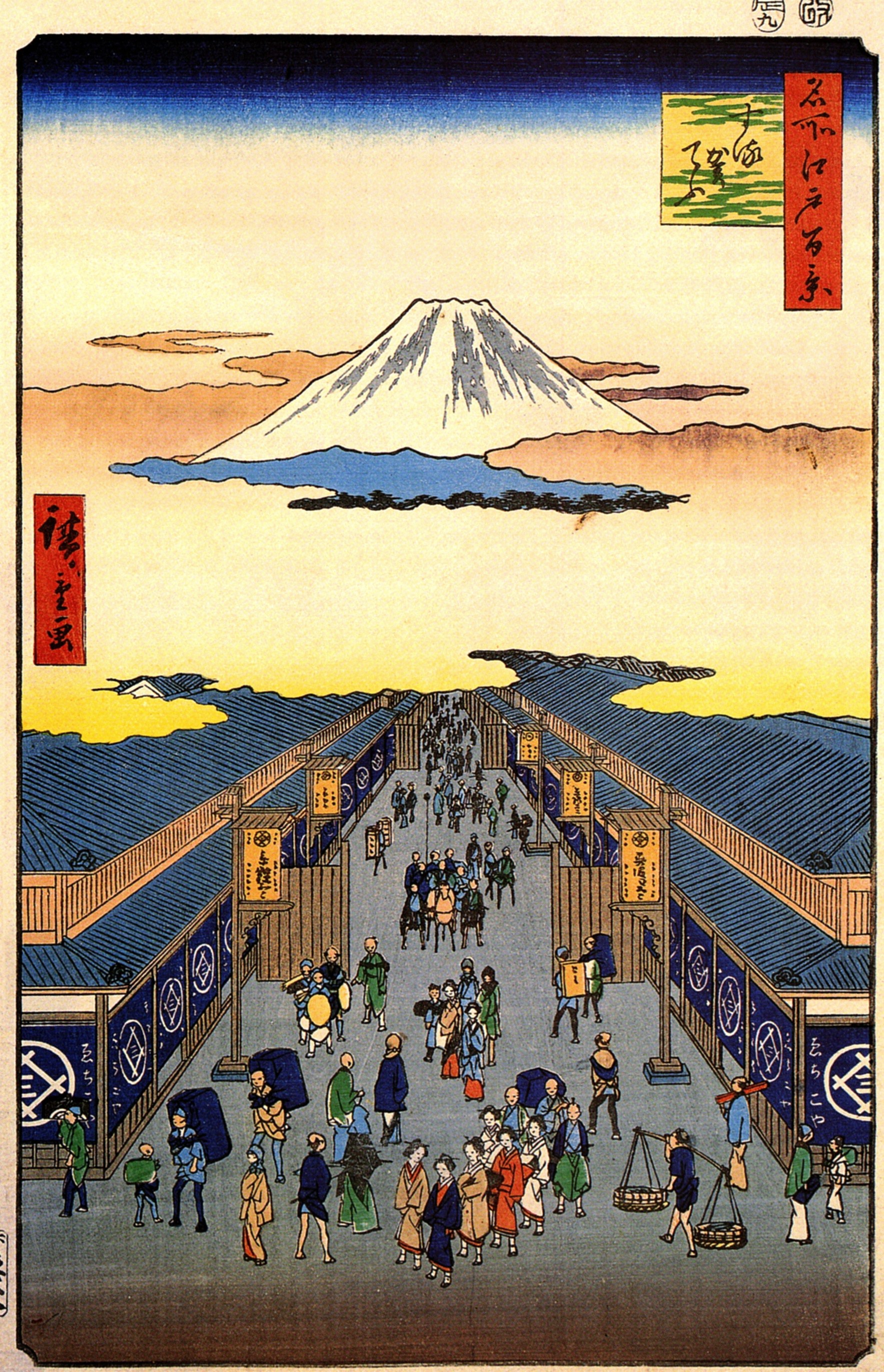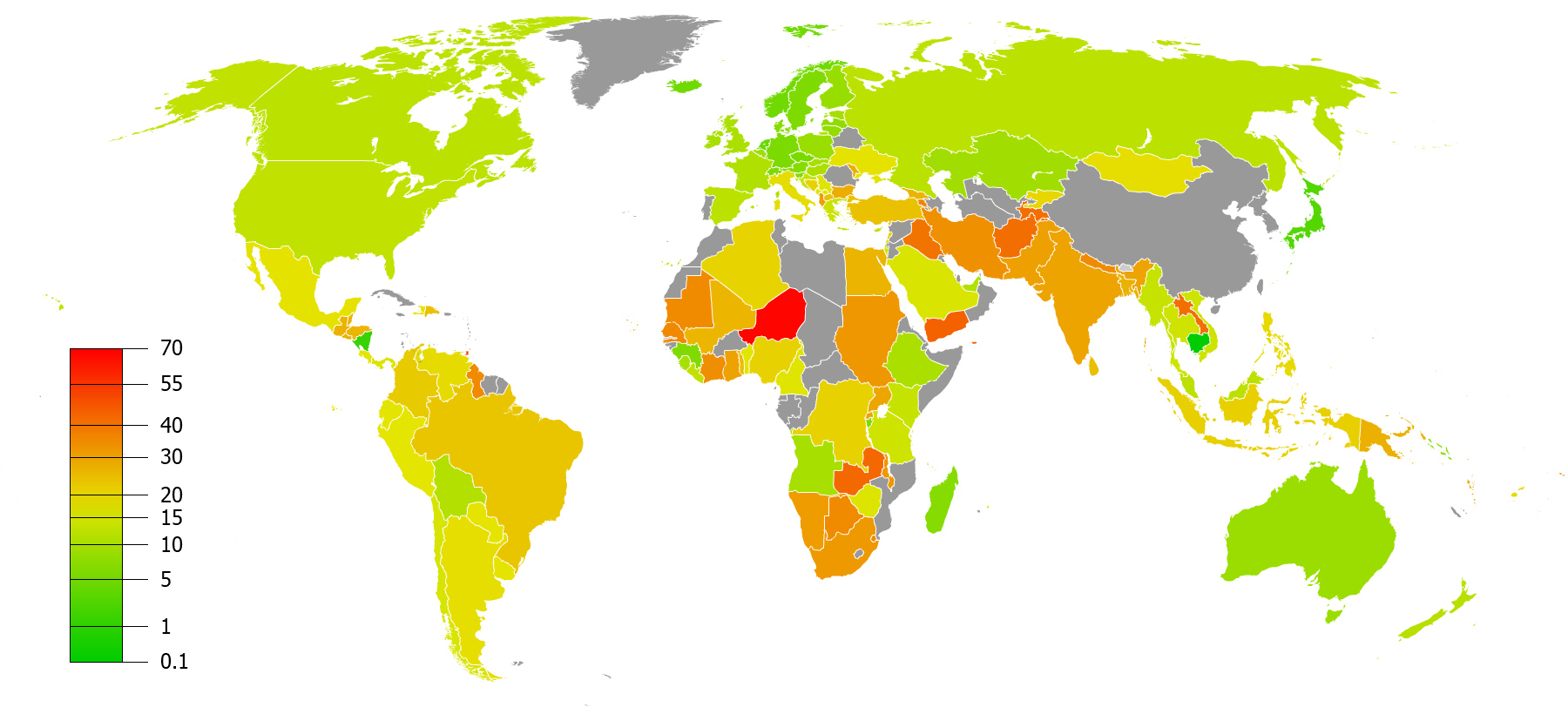|
Parasite Single
A is a single person who lives with their parents beyond their late 20s or early 30s to enjoy a more carefree and comfortable life. In Japanese culture, the term is especially used when negatively describing young unmarried women. Etymology The expression ''parasaito shinguru'' was first used by Professor Masahiro Yamada of Tokyo Gakugei University in his bestselling book , published in October 1999. The catchy phrase quickly found its way into the media and is now a well-known expression in Japan. Professor Yamada subsequently coined the related term ''parasite couple'' to refer to married children living with the parents of one partner. However, this situation occurs less frequently and the term ''parasite couples'' is less well known. This is a traditional Japanese living arrangement, though its prevalence has decreased in recent years. Dynamics This situation allows the children to live in considerable comfort, and while many save money, others spend all their income on lu ... [...More Info...] [...Related Items...] OR: [Wikipedia] [Google] [Baidu] |
Single Person
In legal definitions for interpersonal status, a single person refers to a person who is not in committed relationships, or is not part of a civil union. In common usage, the term 'single' is often used to refer to someone who is not involved in any type of romantic relationship, including long-term dating, engagement, marriage, or someone who is 'single by choice'. Single people may participate in dating and other activities to find a long-term partner or spouse. Reasons people remain single People may remain single for a variety of reasons, including (but not limited to): * Financial duress * Their mental health * Pursuing educational or professional advancement * Lack of suitable partners * Changes in perceptions of the necessity of marriage * In some cases, single people may be uninterested in marriage, domestic partnership, or other types of committed relationships. * Traumatic experiences including domestic violence, dysfunctional family, rape and/or sexual assau ... [...More Info...] [...Related Items...] OR: [Wikipedia] [Google] [Baidu] |
Japanese Family
The family is called in Japanese. It's basically composed of a couple as is the family in other societies. The Japanese family is based on the line of descent and adoption. Ancestors and offspring are linked together by an idea of family genealogy, or ''keizu'', which does not mean relationships based on mere blood inheritance and succession, but rather a bond of relationship inherent in the maintenance and continuance of the family as an institution. In any given period of history, all family members have been expected to contribute to the perpetuation of the family, which is held to be the highest duty of the member. History A great number of family forms have existed historically in Japan, from the matrilocal customs of the Heian. As official surveys conducted during the early years of the Meiji dynasty demonstrated, the most common family form during the Edo ( Tokugawa) period was characterized by patrilocal residence, stem structure, and patrilineal primogeniture, so a ... [...More Info...] [...Related Items...] OR: [Wikipedia] [Google] [Baidu] |
Poverty In Japan
In Japan, relative poverty is defined as a state at which the income of a household is at or below half of the median household income. According to OECD figures, the mean household net-adjusted disposable income for Japan is US$23,458, higher than the OECD member state average of US$22,387.Income OECD Report. Unlike several other modern countries, Japan has no official poverty line, making it difficult to get accurate figures on those suffering impoverished conditions. It was estimated in 2006, using the Employment Status Survey, that 8.2% of regular employees made little enough to be considered . In October 2009, Japan's Labor Ministry released a report which stated that almost one in six Japanese, which wo ... [...More Info...] [...Related Items...] OR: [Wikipedia] [Google] [Baidu] |
Demographics Of Japan
The demographic features of the population of Japan include population density, ethnicity, education level, health of the populace, economic status, religious affiliations and other aspects regarding the population. Population Historical population According to the Statistical Bureau of Japan, the population of Japan as of May 2022 is at 125.05 million, including foreign residents. The population of only Japanese nationals was 123.8 million in January 2021. Japan was the world's eleventh-most populous country as of 2017. The total population had declined by 0.8 percent from the time of the census five years previously, the first time it had declined since the 1945 census. Since 2010, Japan has experienced net population loss due to falling birth rates and minimal immigration, despite having one of the highest life expectancies in the world, at 85.00 years (it stood at 81.25 as of 2006). Using the annual estimate for October of each year, the population peaked in 20 ... [...More Info...] [...Related Items...] OR: [Wikipedia] [Google] [Baidu] |
Demographics
Demography () is the statistical study of populations, especially human beings. Demographic analysis examines and measures the dimensions and dynamics of populations; it can cover whole societies or groups defined by criteria such as education, nationality, religion, and ethnicity. Educational institutions usually treat demography as a field of sociology, though there are a number of independent demography departments. These methods have primarily been developed to study human populations, but are extended to a variety of areas where researchers want to know how populations of social actors can change across time through processes of birth, death, and migration. In the context of human biological populations, demographic analysis uses administrative records to develop an independent estimate of the population. Demographic analysis estimates are often considered a reliable standard for judging the accuracy of the census information gathered at any time. In the labo ... [...More Info...] [...Related Items...] OR: [Wikipedia] [Google] [Baidu] |
Economy Of Japan
The economy of Japan is a highly developed social market economy, often referred to as an East Asian model. It is the third-largest in the world by nominal GDP and the fourth-largest by purchasing power parity (PPP). It is the world's second-largest developed economy. Japan is a member of both the G7 and G20. According to the World Bank, the country's per capita GDP (PPP) was at $40,193 (2020). Due to a volatile currency exchange rate, Japan's GDP as measured in dollars fluctuates sharply. Accounting for these fluctuations through the use of the Atlas method, Japan is estimated to have a GDP per capita around $39,048. The Japanese economy is forecast by the Quarterly Tankan survey of business sentiment conducted by the Bank of Japan. The Nikkei 225 presents the monthly report of top blue chip equities on the Japan Exchange Group, which is the world's fifth-largest stock exchange by market capitalisation. In 2018, Japan was the world's fourth-largest importer and the ... [...More Info...] [...Related Items...] OR: [Wikipedia] [Google] [Baidu] |
Japanese Family Structure
The family is called in Japanese. It's basically composed of a couple as is the family in other societies. The Japanese family is based on the line of descent and adoption. Ancestors and offspring are linked together by an idea of family genealogy, or ''keizu'', which does not mean relationships based on mere blood inheritance and succession, but rather a bond of relationship inherent in the maintenance and continuance of the family as an institution. In any given period of history, all family members have been expected to contribute to the perpetuation of the family, which is held to be the highest duty of the member. History A great number of family forms have existed historically in Japan, from the matrilocal customs of the Heian. As official surveys conducted during the early years of the Meiji dynasty demonstrated, the most common family form during the Edo ( Tokugawa) period was characterized by patrilocal residence, stem structure, and patrilineal primogeniture, so a s ... [...More Info...] [...Related Items...] OR: [Wikipedia] [Google] [Baidu] |
Society Of Japan
A society is a group of individuals involved in persistent social interaction, or a large social group sharing the same spatial or social territory, typically subject to the same political authority and dominant cultural expectations. Societies are characterized by patterns of relationships (social relations) between individuals who share a distinctive culture and institutions; a given society may be described as the sum total of such relationships among its constituent of members. In the social sciences, a larger society often exhibits stratification or dominance patterns in subgroups. Societies construct patterns of behavior by deeming certain actions or concepts as acceptable or unacceptable. These patterns of behavior within a given society are known as societal norms. Societies, and their norms, undergo gradual and perpetual changes. Insofar as it is collaborative, a society can enable its members to benefit in ways that would otherwise be difficult on an individual b ... [...More Info...] [...Related Items...] OR: [Wikipedia] [Google] [Baidu] |
Sub-replacement Fertility
Sub-replacement fertility is a total fertility rate (TFR) that (if sustained) leads to each new generation being less populous than the older, previous one in a given area. The United Nations Population Division defines sub-replacement fertility as any rate below approximately 2.1 children born per woman of childbearing age, but the threshold can be as high as 3.4 in some developing countries because of higher mortality rates., Introduction and Table 1, p. 580 Taken globally, the total fertility rate at replacement was 2.33 children per woman in 2003. This can be "translated" as 2 children per woman to replace the parents, plus a "third of a child" to make up for the higher probability of males born and mortality prior to the end of a person's fertile life. In 2020, the average global fertility rate was around 2.4 children born per woman. Replacement-level fertility in terms of the net reproduction rate (NRR) is exactly one, because the NRR takes both mortality rates and sex r ... [...More Info...] [...Related Items...] OR: [Wikipedia] [Google] [Baidu] |
Singleton (lifestyle)
The term "singleton" describes those who live in a single-person household, especially those who prefer the lifestyle of living alone. It was popularized by the ''Bridget Jones'' novels and films, but it is also used in sociology. Patterns Sociologist Eric Klinenberg reports that before the 1950s, no society had large numbers of people living alone. Historically, this has happened when elderly people outlive their spouses, and when men have migrated for work. In modern times, large numbers of people have begun to live happily alone in cities and with the help of communication technologies like the telephone, email, and social networking services. Klinenberg has found that the ability of women to work, own property, and initiate divorce creates more opportunities for living alone; in countries like Saudi Arabia where women do not have autonomy, few people live alone. Single people may live alone before their first romantic partner, after separation, divorce, the end of a cohabit ... [...More Info...] [...Related Items...] OR: [Wikipedia] [Google] [Baidu] |
NEET
NEET, an acronym for "Not in Education, Employment, or Training", refers to a person who is unemployed and not receiving an education or vocational training. The classification originated in the United Kingdom in the late 1990s, and its use has spread, in varying degrees, to other countries, including Japan, South Korea, China, Taiwan, Canada, and the United States. The NEET category includes the unemployed (individuals without a job and seeking one), as well as individuals outside the labour force (without a job and not seeking one). It is usually age-bounded to exclude people in old-age retirement. In the United Kingdom, the classification comprises people aged between 16 and 24 (some 16 and 17 year-olds are still of compulsory school age); the subgroup of NEETs aged 16–18 is frequently of particular focus. In Japan, the classification comprises people aged between 15 and 34 who are not employed, not engaged in housework, not enrolled in school or work-related training, ... [...More Info...] [...Related Items...] OR: [Wikipedia] [Google] [Baidu] |
Incel
An incel ( , an abbreviation of "involuntary celibate") is a member of an online subculture of people who define themselves as unable to get a romantic or sexual partner despite desiring one. Discussions in incel forums are often characterized by resentment and hatred, misogyny, misanthropy, self-pity and self-loathing, racism, a sense of entitlement to sex, and the endorsement of violence against women and sexually active people. The American Southern Poverty Law Center(SPLC) described the subculture as "part of the online male supremacist ecosystem" that is included in their list of hate groups. Incels are mostly male and heterosexual, and are often white. Estimates of the overall size of the subculture vary greatly, ranging from thousands to hundreds of thousands of individuals. Since 2014, multiple mass killings have been perpetrated by self-identified incels, as well as other instances of violence or attempted violence. After the 2018 Toronto van attack, incel commun ... [...More Info...] [...Related Items...] OR: [Wikipedia] [Google] [Baidu] |







